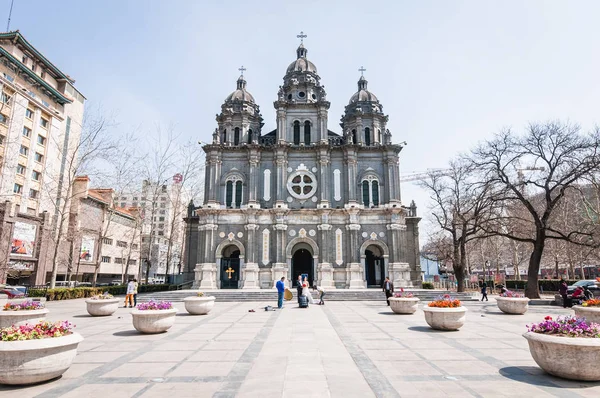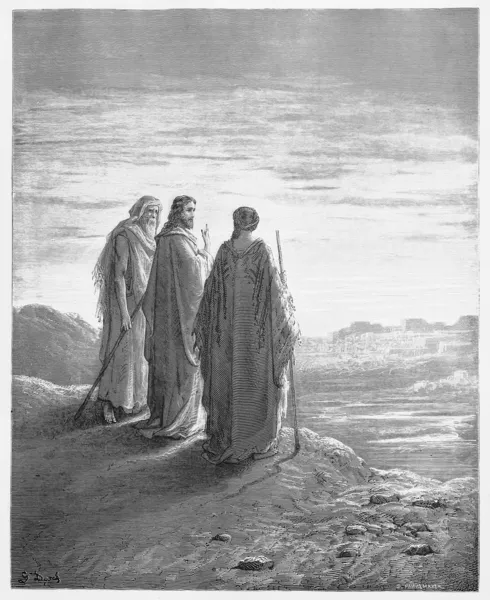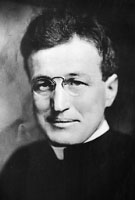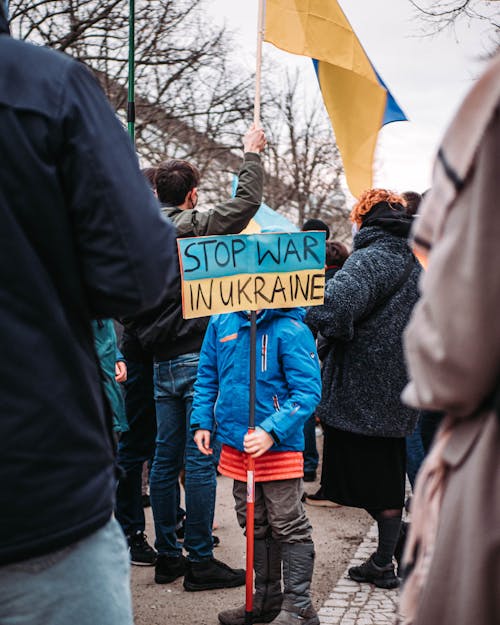
In the Eyes of the Clergy column of the Catholic Peace Weekly, we hear about some of the mega-events in our Society.
Large-scale events with enormous ripple effects internationally are called ‘mega-events’. The Olympics, World Cup, and Expo are often called the world's three mega-events. Other events include the Asian Games and the World Athletics Championships. Most of them are centered around sporting events.
Mega-events are often associated with the "Olympic Curse". The ‘Curse of the Olympics’ refers to a country hosting the Olympics, spending a lot of money to leap forward. Instead, it sits in a pile of debts. The biggest reason for the curse of the Olympics is that the economic return on investment is not very high. Following the Expo, the exhibition hall spaces became useless and some facilities were demolished. In Pyeongchang, where the stadium was built as a temporary building from the beginning, there is only a memorial building. There is no trace of the Winter Olympics.
Therefore, mega events are desired for their publicity effect rather than economic profit. However, it is said that this is not suitable for the 21st century where communication has developed. In an era where you can watch your favorite sports star in a match in London, England, or BTS' performance in Los Angeles, USA, with just a smartphone, mega-events that attract large numbers of people at the cost of a lot of money is said to be unnessary for publicity. Rather, promotion is more effective by nurturing media such as broadcasting stations and the like.
Community unity through mega events is mentioned as one of the benefits.The 2002 World Cup brought Korea together. IMF people gained strength through soccer. We became one by holding hands with strangers and raising our voices to cheer them on. Therefore, the state is trying to use mega-events politically. No free country participated in the 1980 Moscow Olympics and no communist country participated in the 1984 LA Olympics. It is the Cold War pain.
Mega events accompany the expansion of national or regional facilities or the maintenance of outdated facilities. The Eiffel Tower in Paris, France was built for the Paris Exposition in 1889. A KTX station was installed in Yeosu, where the 2012 Expo was held. Facility maintenance and expansion, volunteer recruitment and maintenance, etc. are all the results of these events.
A lot of money is needed to hold a mega event. That is why mega-events are also called "wars of money". In addition to state budgets, leading companies finance events as sponsors. For companies, a mega event that attracts the world's attention is an excellent market to advertise and sell products. Mega events boost the airline, hotel, and tourism industries.
Catholics also have mega-events. World Youth Day, a gathering of young people from all over the world, is a representative example. World Youth Day, which began in Rome in 1984, attracts hundreds of thousands to millions each year. In 2008, 400,000 people in Melbourne, Australia, were the smallest number of participants in World Youth Day. More than one million people are expected to participate in this year's Lisbon World Youth Day. The economic effect is significant. According to consulting firm PWC Portugal, the added value of hosting the World Youth Day in Lisbon was estimated at 564 million euros (approximately 800 billion won). In terms of productivity, it is predicted that there will be an effect of up to 1.1 billion euros (approximately 1.5 trillion won).
The government is trying to attract the 2030 World Expo to Pusan. The city of Seoul has submitted a bid to host the future Summer Olympics. Local governments organize countless other events. No matter what event they host, if they think it is just a lucrative one-time business, they will fall under the 'Olympic Curse'. Based on the values pursued by mega events, it is important to create events that continue to have an impact on the host country and the world after the event.





